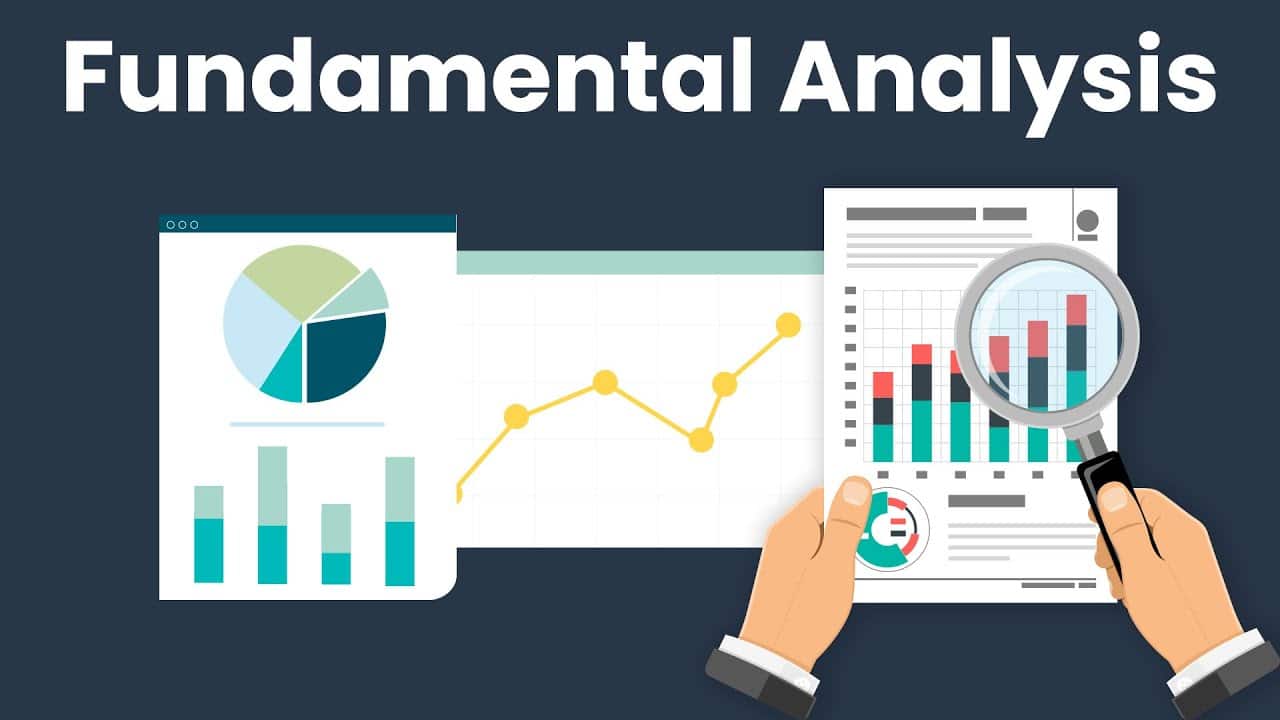
|
Many people use technical analysis (TA) to predict the future direction of financial markets by evaluating previous price and volume data. Technical analysis, which allows traders to make judgments based on charts, patterns, and indicators, has limits, just like any other technique. This blog discusses the tactic’s strengths and cons to help you decide if TA is the best strategy for you. Advantages of Technical Analysis
Technical analysis (TA) is based on objective facts, which helps to minimize the impact of emotions on trading. By keeping a careful eye on price patterns and variations, traders may avoid relying on their intuition and instead make judgments based on the information they have gathered.
The capacity of TA to discern patterns and trends is one of its most significant benefits. If traders pay attention to these characteristics, they may be able to better predict market swings, such as the start of bullish or bearish trends.
The stock market, foreign exchange market, commodity market, and crypto-currency market are all examples of marketplaces that might benefit from technical analysis. Furthermore, it applies to a wide range of time frames, from minutes to months, making it a versatile tool that can be utilized by both day traders and long-term investors.
Using indicators like as moving averages, levels of support and resistance, and oscillators, traders may decide the best time to enter and leave the market. This level of accuracy may allow for more effective handling of earnings and losses.
Technical analysis tools, which are publicly available on a broad range of charting platforms and tools, may be utilized by any trader, regardless of their level of experience. Understanding the basics of candlestick patterns or trend lines is a simple exercise that requires little effort.
It is feasible to enhance fundamental analysis (FA) with technical analysis (TA), which provides insight into market sentiment. This is in contrast to FA’s concentration on economic or business data. It is possible to enhance ones decision-making talents utilizing this thorough strategy.
Retracements of the Fibonacci sequence and moving average crossings are two of the many repeatable technical analysis processes. As a consequence of this constancy, traders may improve their tactics via paper trading and back testing. Disadvantages of Technical Analysis
TA’s analysis of historical data is based on the assumption that previous patterns will repeat themselves in the future. When it comes to unusual situations like the one we are now experiencing, markets are vulnerable to change, and previous acts may not correctly anticipate future results. 2. Subjectivity in Interpretation TA is data-driven, yet the interpretation of charts and trends may be subjective. If traders draw distinct trend lines or notice various patterns, they may reach a variety of conclusions and make a range of decisions based on their findings. 3. Lagging Indicators Many technical indicators are considered lagging because they show historical price movements. Despite their effectiveness in validating patterns, they may be unable to accurately predict future moves. As a consequence, traders may miss out on potentially profitable market entry chances. 4. Over-Reliance on Technical Tools If traders depend too much on technical analysis tools, they risk suffering “analysis paralysis,” a situation in which they get frozen by contradictory signals. Furthermore, in news-driven and uncertain markets, overlooking basic considerations may result in bad judgments. 5. Market Efficiency Theory People who hold this viewpoint think that asset prices already reflect all important information since financial markets are operationally efficient. Assuming this assumption is correct, technical analysis cannot consistently produce greater returns. 6. False Signals Technical indicators may provide deceiving results during periods of market volatility or consolidation. For example, a breakout may seem to foretell the start of a new trend; nevertheless, it might be a false move that swiftly reverses, resulting in losses. 7. Impact of External Factors Unanticipated events, such as economic statements, geopolitical hostilities, or natural calamities, are not considered in TA. As a consequence of these variables, the market may be thrown off balance, and technical indicators may fail to identify substantial fluctuations. 8. Requires Constant Monitoring When employing TA, it is sometimes necessary to follow a system that entails checking charts and indicators on a regular basis, which may be a tiresome and time-consuming process. Traders who are short on time may find this quite inconvenient. Balancing TA with Other Strategies If you want to improve your decision-making even more, consider combining TA with other techniques like fundamental analysis or sentiment analysis. Traders may employ the following ways to make efficient use of TA: · Validate with Fundamentals: Before trading based only on technical indicators, significant fundamental data must be considered. For example, if TA shows a positive trend despite the fact that business results have been poor, this may be seen as a less dependable indicator. · Use Multiple Indicators: Putting all of your eggs in one basket isn’t always a wise idea. When you combine indicators like moving averages and RSI, you may get a better picture while also removing irrelevant data.
Trading specialists cannot operate without the use of technical analysis, which provides a data-driven and rigorous framework for understanding market trends. Trading results may increase greatly as a result of its benefits, which include the capacity to spot patterns and precisely time events. This method’s disadvantages include the potential of false signals and subjective interpretation. It is critical for traders who want to be successful with technical analysis to understand the limits of this strategy and avoid putting all of their eggs in one basket. It may create better educated trading choices by combining TA with numerous other types of analysis and effective risk management strategies. The efficiency of technical analysis is decided by a trader’s ability to apply it intelligently as part of a more complete and balanced plan. |





Leave a Reply